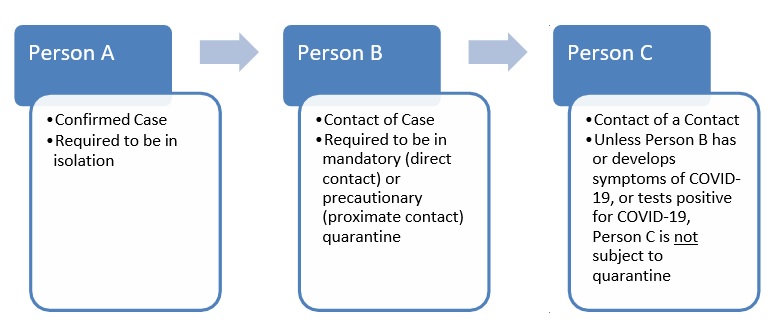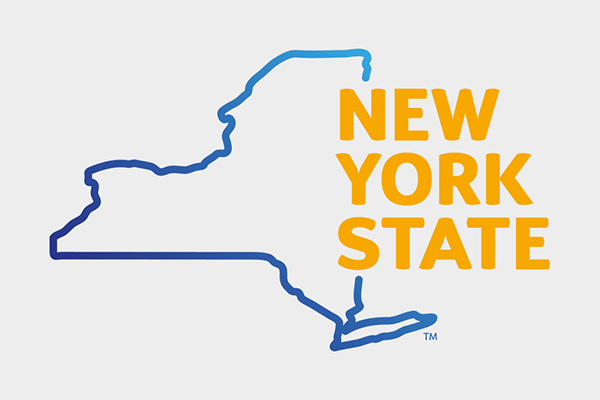New York State Department of Health: Guidance on the Contacts of a Close or Proximate Contact of a Confirmed or Suspected Case of COVID-19
 SUNY New Paltz is publishing important messages and news updates related to the College’s response to COVID-19 on the campus news website. Use this link to view all these posts in one place.
SUNY New Paltz is publishing important messages and news updates related to the College’s response to COVID-19 on the campus news website. Use this link to view all these posts in one place.
The guidance below was published by the New York State Department of Health.
Campus community members can view updates at the Coronavirus Information and Coronavirus FAQs webpages, which are being updated regularly as this situation evolves.
Guidance on the Contacts of a Close or Proximate Contact of a
Confirmed or Suspected Case of COVID-19
Background
As more cases of Novel Coronavirus (COVID-19) are identified or suspected across New York State, and individuals and families are required or recommended for mandatory or precautionary quarantine, it is important that there is a common understanding of the risk to contacts of contacts of a suspected or confirmed case.
DOH Policy Guidance
Person A is diagnosed with laboratory-confirmed COVID-19. If Person B had contact, close1 or proximate2, with Person A, Person B would be subject to mandatory quarantine3 (if close contact) or precautionary quarantine4 (if proximate contact).
Any individual (Person C) who is a contact of Person B (i.e. spouse, children, co- workers, etc.) is considered a “contact of a contact”. Person C is not at risk for infection and would not be subject to quarantine unless Person B had or developed symptoms, or tested positive for the virus causing COVID-19.
 Examples of “Contact of a Contact” Scenarios:
Examples of “Contact of a Contact” Scenarios:
- Household Members:
- If an asymptomatic individual is contacted by a local health department to be notified that they are a contact of a confirmed case, they will be required to be under mandatory quarantine or precautionary quarantine in their home, depending on if contact was close or proximate respectively, following the guidelines provided by the state.
- Any spouse, children or other household members, assuming both they and the individual under quarantine are asymptomatic, are considered a “contact of a contact” and therefore are not required to be in quarantine. They can go to school, work, and engaged other activities following recommendations for social distancing as appropriate.
- Co-Workers:
- If an asymptomatic employee calls their supervisor and notifies them that they are required to stay home in quarantine because they were a contact of a confirmed case, the contacts they had at work are considered “contacts of a contact” and therefore not at risk. These “contacts of a contact” are not required to be in quarantine and should be permitted to continue to work, following recommendations for social distancing as appropriate.
1 Close contact is defined as “being within 6 ft of a person displaying symptoms of COVID-19 or someone who has tested positive of COVID-19”
2 Proximate contact is defined as “being in the same enclosed environment such as a classroom, office, or gatherings but greater than 6 ft from a person displaying symptoms of COVID-19 or someone who has tested positive for COVID-19”
3 Mandatory quarantine is required for a person who “has been in close contact (6 ft.) with someone who is positive, but is not displaying symptoms for COVID-19; or person has traveled to China, Iran, Japan, South Korea or Italy and is displaying symptoms of COVID-19”
4 Precautionary quarantine is required for a person who “meets one or more of the following criteria: (i) has traveled to China, Iran, Japan, South Korea or Italy while COVID-19 was prevalent, but is not displaying symptoms; or (ii) is known to have had a proximate exposure to a positive person but has not had direct contact with a positive person and is not displaying symptoms”

